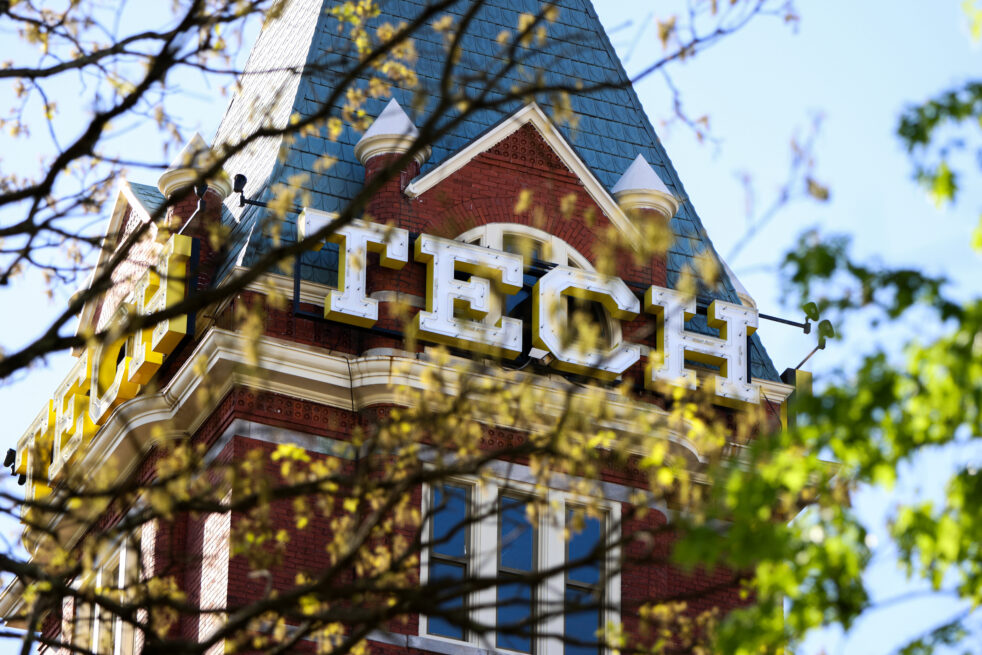For the 2022 fiscal year, the Institute’s state-wide economic impact soared to $4.5 billion, which represents a 7.4% increase from the 2021 fiscal year report. Additionally, out of the 26 higher education public institutions comprising the University System of Georgia (USG), Tech distinguished itself by having the largest economic impact on the state. Overall, the entirety of the USG had a positive impact of $20.1 billion on Georgia’s economy, with the Institute contributing 22% of that.
The Technique interviewed Dr. Raghupathy Sivakumar, a professor in the School of Electrical and Computer Engineering, to better understand and contextualize the relevance of the economic impact report for Tech students. Sivakumar also serves as the Vice President for Commercialization and Chief Commercialization Officer for Tech and has previously served as the Founding Director of CREATE-X, an Institute-led endeavor to support student entrepreneurs and startups.
Sivakumar explained that, in his role for commercialization at the Institute, his primary responsibility is to help students and faculty translate the innovation that is being developed within laboratories for social impact.
“That usually translates into startups that we help our students and faculty create. On the student side, it’s not usually based on research, it’s based on ideas that they have or projects they worked on in their classes. And then on the faculty side, it’s usually based on research that the faculty have done in their labs,” said Sivakumar.
He also elaborated on other aspects of his role, including licensing intellectual property that faculty or students may create to take technologies out into the marketplace and industry.
Furthermore, Sivakumar offered insights into the various metrics utilized by the USG to measure the economic impact of the various institutions under its umbrella. Specifically, the report does not capture the long-term economic impact that the Institute has in relation to student startups and other faculty-led research projects.
Instead, the report focuses on the immediate economic gratification produced by Tech in regards to employing workers on campus, the amount of funds spent by the Institute on operational expenses and the scale to which students attending the university are expending within the local community.
“The $4.5 billion number that you see are these three factors that are sort of the initial spending as the report calls it. And then there is sort of a secondary spending, which is, let’s say, you walk into [an on-campus restaurant], and you buy lunch. If you’re spending $8 to buy that lunch, the restaurant owner is going to turn around and spend that $8 on other things within the same community, so they also track that and in total, these factors make up that $4.5 billion figure,” Sivakumar said.
This distinction offers a necessary clarification on what the student body and larger campus community may consider to be part of the $4.5 billion economic impact that has been highly publicized.
Sivakumar clarified that this economic impact report does not include metrics that measure what students are doing in terms of ventures, nor the jobs that they are creating and the valuations they are commanding.
Instead, this report focuses on more hard numbers that measure the actual economic impact that the Institute is having on a more present basis, rather than the more nuanced long-term impact that institutions within the USG are cultivating.
The economic impact report in its current form also does not specify and differentiate institute impact by the various sectors of the economy that a given institution may influence. It instead focuses on overall economic impact, sourced from the culmination of the economic influence across USG.
When asked whether the Institute had done anything deliberate to grow the economic impact as illustrated by this year’s 7.4% increase, Sivakumar explained that Tech’s growth in its undergraduate class size has a direct impact on the metric measured in the new economic impact report.
Further, he mentioned that last year, Tech had the highest volume of research expenditures compared to years past, which again translates directly into economic impact.
“CREATE-X startups have created hundreds and hundreds of jobs right here in Atlanta. That is not yet captured in studies like this, but I’m sure eventually they will be. So I tend to look at it as this report does an amazing job capturing the near term immediate economic impact that we are having based on Tech’s spending. But then there is this layer around it that is not within the scope of this report. But I want the students to know that we’re also investing heavily in that layer and that’s where my office plays a role, where we are figuring out how we continue to scale supporting our students and faculty,”Sivakumar said.
The economic impact report has become a valuable tool for the Institute over the past few years in terms of quantifying the presence that Tech has in Georgia, particularly as a public higher education institution. More so, this report helps students and faculty understand the immediate influence of their spending and investment in their local communities, while also recognizing USGs current limitations in terms of measuring long-term impact.
